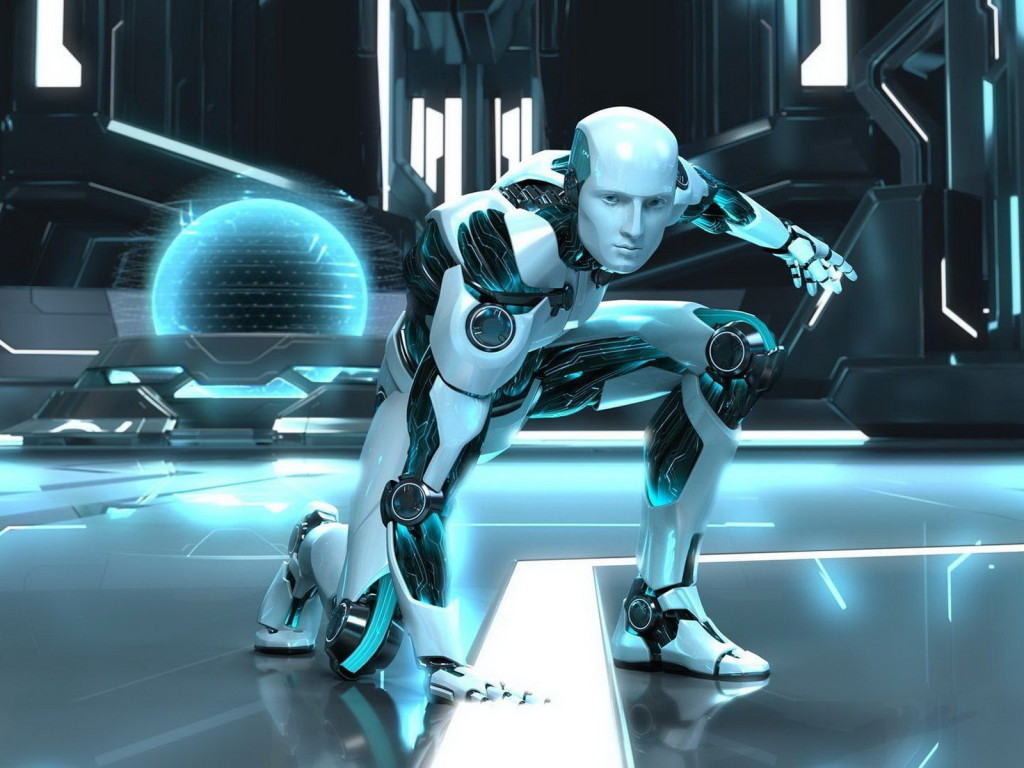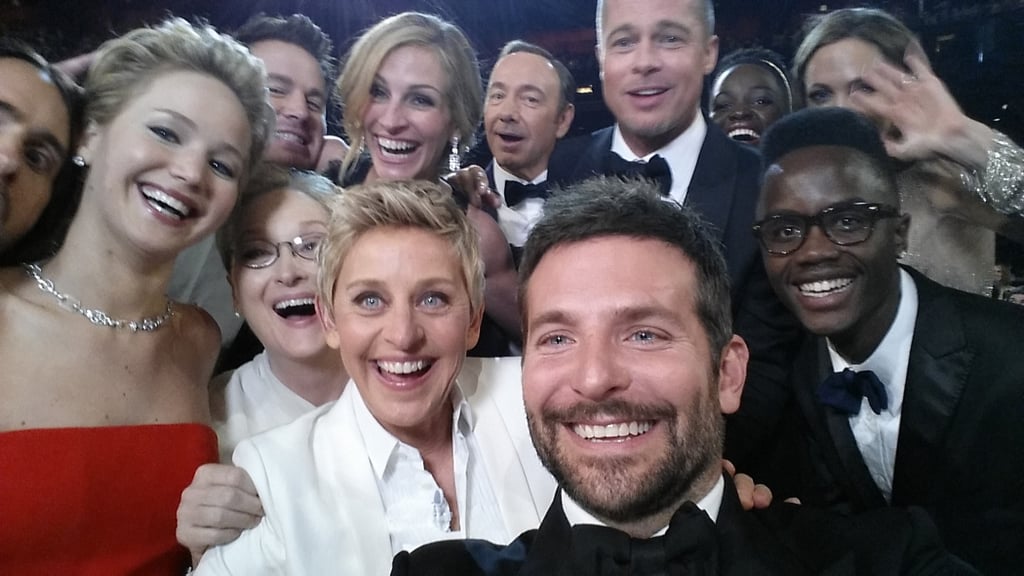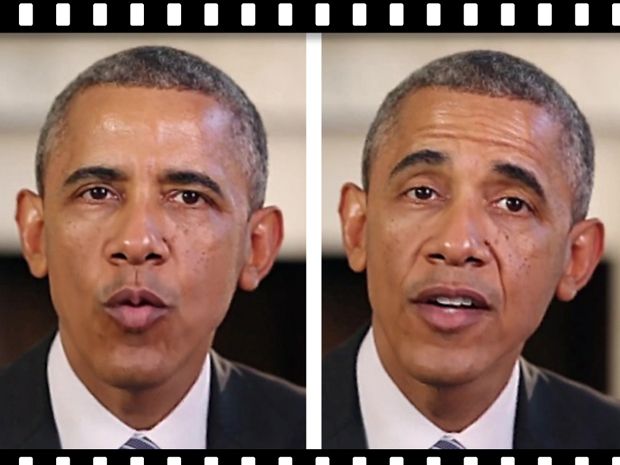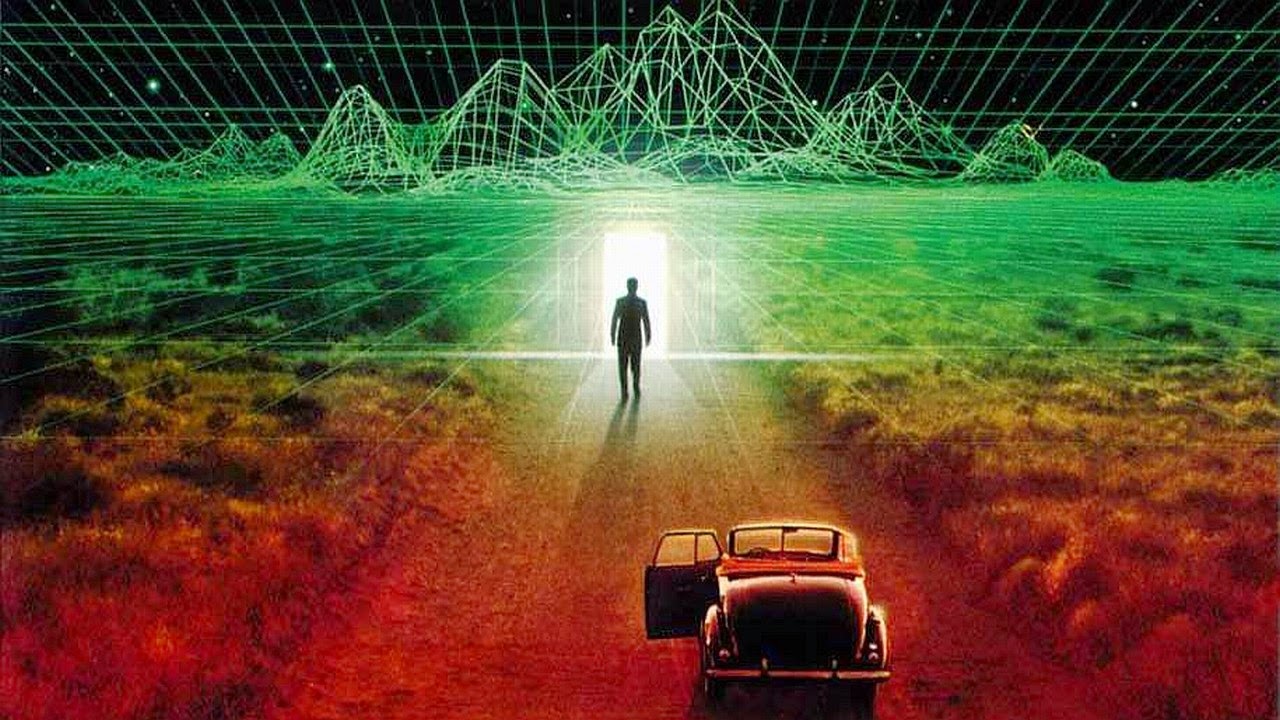
There was a time when people were skeptical about having a computer in their home. I know because I’m old enough to remember people like that. It wasn’t that they were paranoid about them, although a few certainly were. They just didn’t see the need.
Then, computers became smaller, more affordable, and more useful. They went from being these big, bulky machines that took up an entire corner of a room into being a sleek, decorative piece of hardware that did so much to improve our lives. From information to communications to masturbation, computers revolutionized our lives.
It’s a common trend in technology. When it’s new and undeveloped, people are wary about having it in their homes. Go back several decades and people felt the same way about television. Go back a century and some people were reluctant to allow electricity into their homes. It takes some people longer than others to come around, but they eventually do when the utility is just too great.
This brings me to robots and for once, I’m not referring to sex robots. While they could very well be part of this conversation, I’m going to set that kinky angle to this issue aside. Instead, I’m going to stick to robots in general, specifically the kind with a body and some mechanism for doing work.
We’ve watched in recent years how quickly robotics technology is advancing. A while back, I highlighted a video from Boston Dynamics that showed one of their robots dancing. Even before that, this same company demonstrated a robot that could run and navigate basic obstacles. While it was certainly no Terminator, it was still no Wall-E.
These robots exist. Every year, they’re being improved and refined. Within the next decade, it is likely we’ll have a robot that can move, react, and navigate its surroundings like a human. It may not have human level intelligence, but it will have the body to match our capabilities in every way.
When this day comes, the world will be a very different place. It’ll definitely raises issues regarding robot workers and robot soldiers, but that sort of impact won’t be as direct for most people. The real change will come when we have the ability to have a robot in our homes that can do almost any kind of work a human could do.
By that, I don’t just mean a virtual assistant like Alexa or Siri. We already have those and they’ve already become an increasingly popular feature for many homes. These assistants can help us with shopping lists, music playlists, and schedule reminders. They can’t do the dishes, clean the bathroom, cook our meals, or make our beds.
Having a robot that could do all that would be nice. It would be like having a personal maid and a personal secretary. There’s certainly a market for it and the rise of virtual assistants has already laid the foundation for that market. However, that still raises some important questions.
How should that robot look before you welcome it into your home?
Ignore for a moment the paranoia about a robot turning evil. Assume, for the sake of argument, these robots are as functional as your typical Roomba. They don’t have advanced AI. They’re not sentient or self-aware on the same level as Rosie from “The Jetsons” or Hal 9000. They just these big tools that do all the work you’d expect of a maid, butler, or servant.
Would you welcome that robot into your home if it looked like one of the Boston Dynamics robots?
Would you welcome that robot into your home if it looked completely indistinguishable from humans, like Kara in “Detroit: Become Human?”
Would you want that robot to look only mostly human, but still be distinctly machine, like Data from “Star Trek: The Next Generation?”
These are all relevant questions if these robots are going to be part of our lives. For some people, a robot that looked too human might be too jarring. It would be difficult to see them and remember they’re just a robot. Some people might be fine with that, especially when sex robots are involved. However, for a robot that’s primarily a helper, that might not be ideal.
For robot servants, it might be more beneficial to everyone if they didn’t look too human. In fact, having a human-like body might even hinder a robots ability to do its job. That’s why most robots you see in factories don’t look human at all. They take the form of whatever helps them do their job.
Maybe a perfect robot housekeeper doesn’t look human. Maybe it looks more like a droid from “Star Wars” that has multiple arms, a head with a panoramic camera, and four legs like a dog. Depending on the home its in, it might even need to be able to adjust its height. Such a robot may be good at its task, but would it be too weird and bulky to allow in our homes?
No matter how human they look, these robots would have to appear to us in a way that we’re comfortable being around. We have to be willing to just leave them in our homes for most of the day, possibly with pets and children, and trust that they’ll do what we want them to do. That kind of trust will take time, just as it did with computers.
It may ultimately take longer to welcome a robot into our homes than we did with computers, but once the benefits and utility get to a certain point, it may be too appealing to ignore. I don’t claim to know what typical household robots will look like before then. I just know they’ll have to look a certain way for us to embrace them as part of our world. Naturally, we’ll still probably embrace sex robots sooner, but it won’t stop there. Robots will become a larger part of our lives eventually. They may end up having a greater impact than any new technology since electricity.










